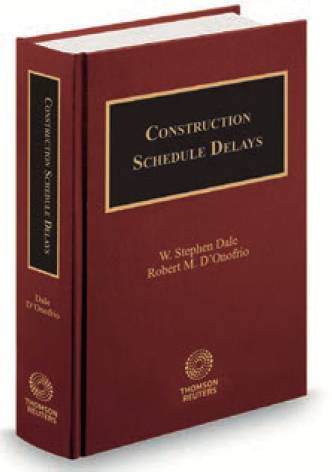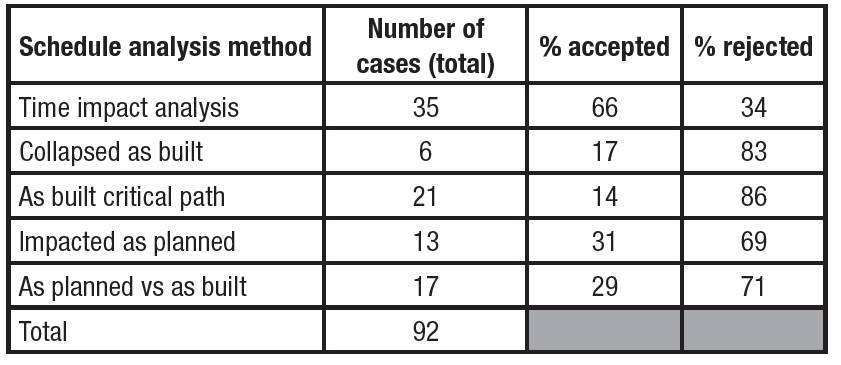Bookshelf

Construction Schedule Delays, 2022 Edition
W. Stephen Dale & Robert M. D’Onofrio
Hardback, Thomson Reuters $237.00
1,274 Pages
ISBN: 9781668735091
Many of our readers work only in the UK and there are a number of books by UK authors on the subject of delay, this book has been written by an American civil engineer and American construction lawyer. As such, it is an excellent book for those working internationally or acting as a delay-testifying expert. It isn’t for those wishing to dip their toe into delay analysis or trying to throw together a delay analysis for a small dispute in the United Kingdom. It is a thorough and knowledgeable piece of work. Of interest and use to practitioners is how the book looks at the American Society of Civil Engineers Standards (ASCE Standard ANSI/ASCE/CI 67-17 ) (ASCE Standard ANSI/ASCE/CI 71-21 Identifying, Quantifying, and Proving Loss of Productivity), The Association for the Advancement of Cost Engineering (International Recommended Practice 29R-03 Forensic Schedule Analysis) and contrasts and compares these with the 2002 and 2017 Society of Construction Law Delay and Disruption Protocols.
To quote the authors:
“Overall, the SCL Protocol and the ASCE Standard are not substantially different, but arrive at and make recommendations in slightly different formats. Both documents support the effort to narrow a dispute and to resolve conflicts as efficiently and quickly as possible, in order to keep parties focussed on focused on constructing the project... ”
The book helpfully deals with delay and disruption which arguably go hand in hand on most large complex projects. It also carefully considers both United States, State and Federal cases as well as those from across the globe, including the United Kingdom, Hong Kong and Australia.
The book then contrasts which methods of disruption evaluation have been favoured globally from the cases. The 2022 edition has an analysis of 271 delay analysis method cases and 316 disruption method cases and is arguably extremely thorough.
The various methods of delay analysis are analysed thoroughly and there are detailed graphical illustrations throughout the book explaining and showing how each is applied. Each method has then been analysed to show how it was accepted or rejected by courts both in the united States but also in overseas jurisdictions. Of interest are the decisions from Australia, Canada Hong Kong and the United Kingdom which were analysed with the following findings made:

The book provides information on what scheduling contract specifications should include and consider which is invaluable to those drafters with little practical experience of project delivery and delay analysis. The methods to evaluate disruption are also discussed and analysed, including measured mile, comparison to bid, productivity factors and visual observation or judgement and also the level of acceptance in international cases.

I’d certainly recommend purchasing it if you work internationally or act as a testifying expert witness and thoroughly enjoyed reading it.
Sean Sullivan Gibbs FCInstCES